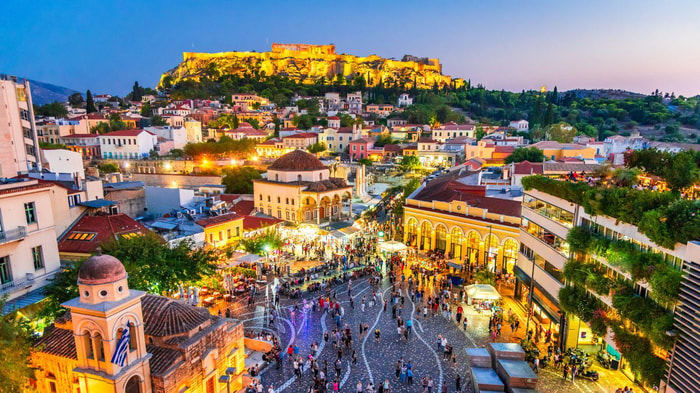9-Night Dalmatian Coast Voyage

The launch of Azamara Pursuit® in 2018 opened the seas to maiden ports, new itineraries, and the opportunity to provide our guests with even more unforgettable, unique, and immersive experiences than ever before. Like our sister ships, Azamara Pursuit offers some of the most extraordinary adventures on Earth, to places you’ve always dreamed of. Or, perhaps, only just heard about.
Sold by Royal Caribbean Group in January 2021, Azamara is already expanding under its new owners, Sycamore Partners. The destination-focused line has brought forth a ship, Azamara Onward - the former Pacific Princess - which, like the rest of the fleet, is a Renaissance Cruises R-class. But regular customers needn't worry.
In fact, they'll notice little change under the new ownership, as many itineraries will continue to be based on single countries, with late nights and overnight stays in port. The signature AzAmazing evenings - exclusive shore-based cultural events - and optional pre or post-cruise land tours are also staying.









The launch of Azamara Pursuit® in 2018 opened the seas to maiden ports, new itineraries, and the opportunity to provide our guests with even more unforgettable, unique, and immersive experiences than ever before. Like our sister ships, Azamara Pursuit offers some of the most extraordinary adventures on Earth, to places you’ve always dreamed of. Or, perhaps, only just heard about.
